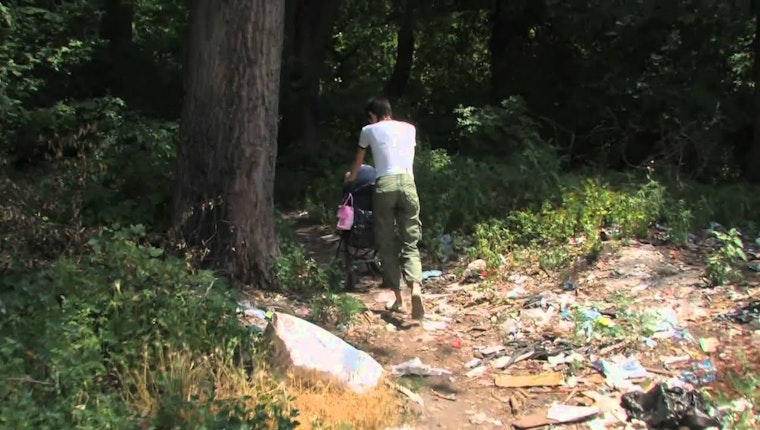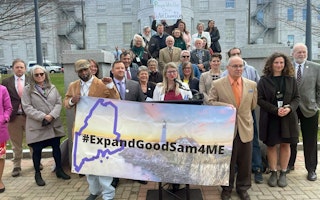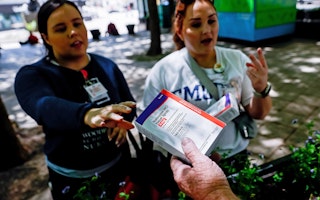Setting the Record Straight on Motherhood and Drug Use
By Becky Tolson

This is the first in a series of upcoming posts on the topic of pregnancy and drug use.
The vilification of pregnant women who use drugs is nothing new, nor is misinformation and distortion of the facts regarding the impact of drug use during pregnancy. A classic example is the 1980s “crack baby epidemic” in the United States, which later proved to be largely a figment of the media’s imagination. Indeed, as this 2009 New York Times story recounts, scientists who originally posited use of crack cocaine during pregnancy caused significant damage to a fetus went on to retract such claims in the face of clear evidence that other factors, such as malnutrition and lack of pre-natal care, were more significant to fetal and infant health outcomes than illicit drug use.
Nonetheless, the rush to moral judgment and use of scare tactics against pregnant women or mothers struggling with drug addiction has, if anything, intensified in recent years at home and aboard. Russia, in particular, has proven fertile ground lately. In one instance, seen in the video below, a graphic series of public service announcements produced by the Krasnoyarsk regional government and now circulating widely on the Internet includes a young woman sitting with a series of jars, each containing a fetus with various misshapen limbs and features, which the woman attributes to different drugs she has used in the past.
Another example is the “educational” brochure just issued by a drug treatment center in the city of Tomsk which lists the dire consequences—including still birth, deformities and defects—purportedly faced by pregnant women if they continue to use drugs. It goes as far as to warn that rates of infant death among mothers using drugs is four times that of non-drug users, citing a nearly 70 percent fatality rate for children of heroin users in particular.
In reality, there is no evidence to support such claims within the existing body of scientific literature on pregnancy and drug use, as the group National Advocates for Pregnant Women has documented. It is, therefore, hard to see any positive benefit to these dangerous misrepresentations in a context where women drug users are already highly marginalized, hidden and fearful. The sad irony is that the stigma and discrimination faced by drug-using women at the hands of those whose stated aim is to “protect the baby” frequently drives them farther away from services that could lead to better health outcomes for mother and child.
Much more needs to be done to ensure that evidence-based, compassionate and nonjudgmental care for pregnant and parenting women who use drugs becomes the norm. Educating medical providers, and engaging them as advocates for their clients, is critical. In November, with support from Open Society Foundations, a diverse group of doctors, policy makers, and community service providers from Asia, Central and Eastern Europe, Central Asia and the Caucasus, and Canada convened for a week-long seminar on pregnancy, HIV and drug use in Salzburg, Austria. Participants had the opportunity to learn about international best practices in treatment and care for pregnant women drug users—including the Fir Square Rooming-in Program and Sheway in Vancouver, British Columbia, those work was profiled by local media in 2008—as well as share the results of initial work being done in countries like Russia, Kyrgyzstan and Ukraine to improve the access of women drug users to sexual and reproductive health care services and prenatal care.
In addition, we need to do more to highlight the experience of women like Tanya, a young mother from Ukraine who is HIV positive and has a history of drug use, as told in a recent documentary supported by the Open Society Foundations seen below. Her story provides a powerful counterpoint to the dehumanizing and sensationalistic media accounts which perpetuate the myth that drug use and motherhood are incompatible.
For more on the work in Ukraine, see Open Society Foundations publication Making Harm Reduction Work for Women, the Ukraine Experience.
Update (November 15, 2011): The video clip of the series of public service announcements has been removed from this post as it is no longer publicly available on YouTube.
Until January 2014, Rebecca Tolson was the deputy director of the International Harm Reduction Development Program in the Open Society Public Health Program.


